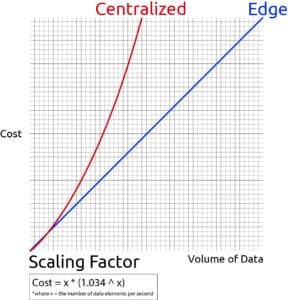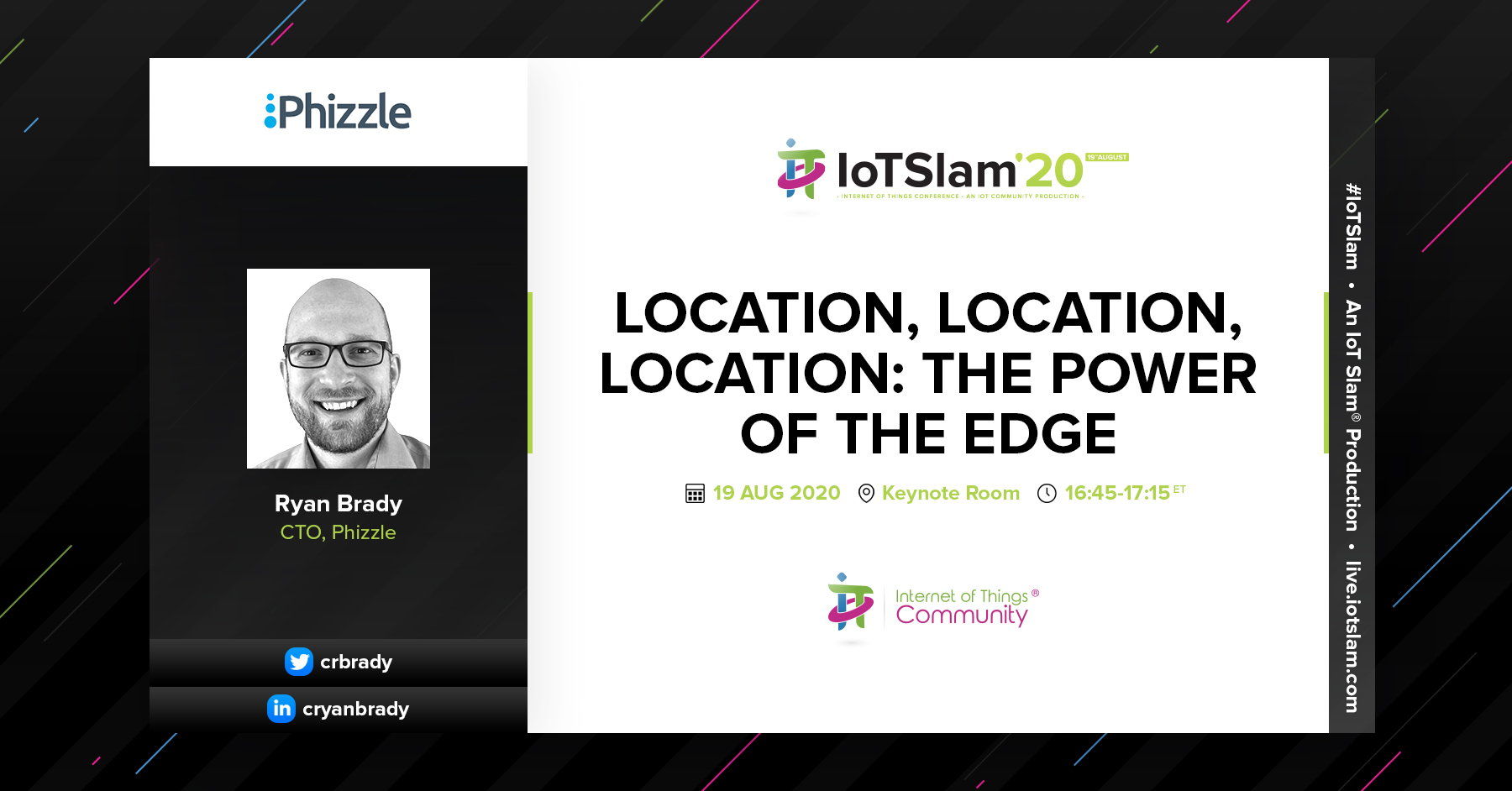Location, Location, Location: The Power of the Edge
Session Abstract:
![]() Moving computing workloads to the edge can have surprising benefits that lead to entirely new ways of interacting with data. Take one classic edge exercise: bringing millions of time series records per second into a time series database from varied IoT data sources. High-performance time series databases require data to be inserted in order. Geographically decentralized networks then lead to significant delays in delivering data to the database. This delay is measured not just in milliseconds but seconds. The larger this window, the more data must be sorted before insertion into the database. This problem of windowing and sorting at the edge is a simple and powerful example of the true value of localized performance computing.
Moving computing workloads to the edge can have surprising benefits that lead to entirely new ways of interacting with data. Take one classic edge exercise: bringing millions of time series records per second into a time series database from varied IoT data sources. High-performance time series databases require data to be inserted in order. Geographically decentralized networks then lead to significant delays in delivering data to the database. This delay is measured not just in milliseconds but seconds. The larger this window, the more data must be sorted before insertion into the database. This problem of windowing and sorting at the edge is a simple and powerful example of the true value of localized performance computing.
Centralized Isn’t Streamlined: Exponential Costs Derived From Low-Performing Workflows
Consider a use case involving 1 million records per second which must be sorted into a single time series database. The maximum measured delay for receiving a record would be 5 seconds, requiring a rolling window of 5 million records for time-based sorting.
Even using the best sorting algorithms and parsing records on other threads, mathematically this can’t be handled by a single thread. A thread may be able to support 1 million records per second but we now need 5 threads at minimum to keep this data in order if each individual node can only prepare 1 million records for insertion into the database every 5 seconds. Sure, when the parsing overhead is minimal the database can keep up this & will run on most 250w servers. But if we increase these numbers by 10x, our system requirements go up more than that. For now we will assume an optimistic 14x increase in time to sort 10x the data.
Now we need not 50 threads but closer to 70 threads. When accounting for overhead, this is clearly unmanageable on a single machine. The attached graphics depict this relatively universal algebraic computing problem existing at the edge. A cluster of powerful machines will now be required to sort your data and latency is well over 70 seconds before we even begin inserting data into the database. At this point, a 10x increase in computing complexity has led to more than a 14x increase in cost. If you scale this up 100x, the costs go up by more than 190x.
Scaling past 100x is where things get even worse.
Figure 1: Costs of Central vs. Edge at Scale

To conclude, imagine we have 8 edge nodes collecting 125k of unique data each. The per thread performance is only 17% of a server CPU but now has 1/8th the data per window, requiring 22 edge threads. By increasing the load 10x, we will need 10x the threads.
SCALING RESULTS:
At 1 million records/sec the edge is 2.5x cheaper. At 10 million records/sec the edge is 7.1x cheaper. Furthermore, the price performance and power performance of the edge core is about double.
We now have a system that is 7.1x less cost using 6x less power, and 12x less latency. And the difference only increases with higher scale…
Speaker:
Ryan Brady
CTO at Phizzle
Ryan’s ability to architect and build backend systems which make the IoT work for real-time engagement while leading the company’s technical vision brought him to his current position of CTO. As the VP of Engineering, his expertise in the SaaS industry guided the company’s transition into an edge computing solution.
Previous experience includes working closely with industry experts in the litigation world to create advanced data visualizations. As a trial consultant, he worked closely with experts in the medical, transportation, oil & gas, and technology/structural engineering industries, Ryan helped attorneys win verdicts in the hundreds of millions of dollars. He did this while using many of the same tools he created to automate the visualization of large amounts of data in real time, which is where he got his start with Phizzle in 2013.
Session Tags
Enterprise, OEM
Connectivity & Infrastructure, Industrial IIoT, Vertical Alignment (Healthcare), Business Use Cases for Infrastructure – F100 Scale Pharma Drug Production
CxO, Technical, Business Line Management, Operations
Expert
https://www.linkedin.com/in/cryanbrady/
https://www.linkedin.com/company/phizzle/
Manufacturing, Industrials, Healthcare, Pharmaceutical / BioTech
Join our IoT Community at https://www.linkedin.com/groups/4662022/
IoT Slam Virtual Internet of Things Conference
![]()


